FT Global MBA Ranking 2017: Analysis
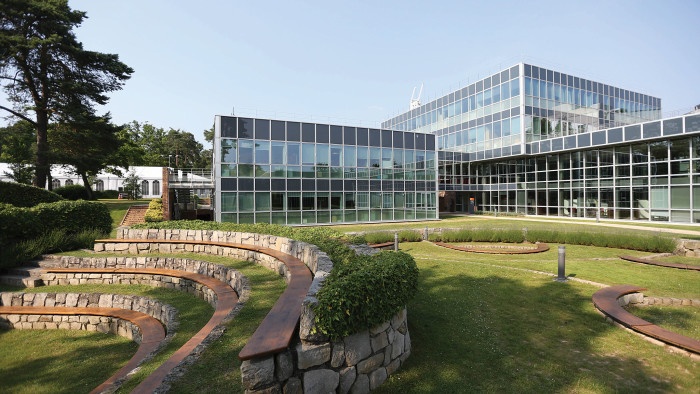
Simply sign up to the Business education myFT Digest -- delivered directly to your inbox.
Insead is top of the 2017 Financial Times Global MBA Ranking of the best 100 programmes. It is the second year that the multi-campus international business school has taken the number one spot, after claiming it for the first time last year.
Stanford Graduate School of Business in California rises from fifth place in 2016 to second, a position it last held in 2014. The Wharton School of the University of Pennsylvania is in third place.
Harvard Business School, London Business School (LBS) and MIT Sloan School of Management, three of the MBA ranking’s longstanding heavyweights, all lost ground to their competitors. Harvard drops two places to fourth, the first time in nine years that the Boston school has been outside the top three. London Business School falls three places to sixth, its lowest position in 14 years. MIT Sloan School of Management falls to 13th place, the first time in 10 years that it has been outside the top 10.
Judge Business School at the University of Cambridge jumps five places to fifth. Not only is it the first time it has broken into the top five, but it is also the first occasion that LBS is not the top-placed UK school in the MBA ranking.
The ranking is based on surveys of the business schools and their graduates of 2013. MBAs are assessed according to the career progression of alumni, the school’s idea generation and the diversity of students and faculty.
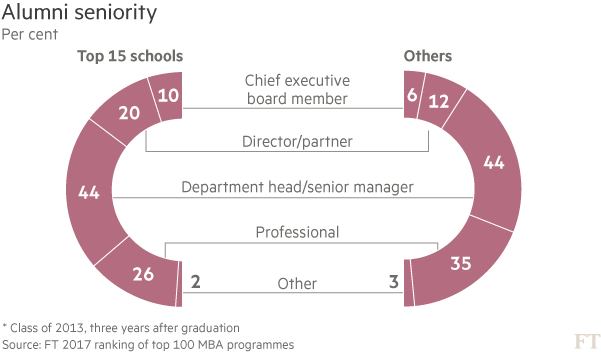
Stanford’s alumni have the highest salary on average at $195,000 but overall the top 15 MBA programmes are closely matched in terms of income, career progress and satisfaction. All but one have average alumni salaries greater than $150,000, with a pay increase of about 100 per cent compared with their pre-MBA income.
Insead is distinguished not only by its one-year programme but also a strongly international culture, based on its two campuses, and one of the most extensive and diverse alumni networks. The programme is ranked third for the international mobility of its alumni and sixth for international course experience.
“Insead enormously boosted our intercultural experience,” said one alumni survey respondent from Switzerland. “It is a place to learn global culture better than anywhere else.”
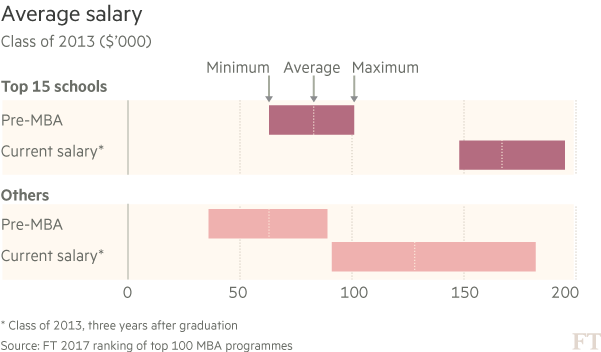
The wealth and depth of knowledge from around the world adds tremendous value to the course, wrote another graduate from the US, adding that “with so many cultures and experiences represented, a classroom ethics discussion about bribery is not your typical boring USA version”.
US schools are rebuilding their strength in this ranking, with their number increasing to 51. This had dropped below 50 for the first time in 2016, down to 47. Six of the eight new or returning schools are from the US.
Among these six US schools, Rutgers Business School in New Jersey is the highest new entrant at 70. WP Carey School of Business at Arizona State University is the highest returning school at 57. Moore School of Business at the University of South Carolina returns at 77. Moore stands out for being top overall for international course experience. Its students spend from several months to a year overseas.
Canadian schools continue to lose ground. Only three remain in the ranking compared with five last year and all fall about six places. Among these, Rotman School of Management at the University of Toronto is the highest ranked at 65, while Smith School of Business at Queen’s University is bottom of the table in 100th place.
Australian and Spanish schools are doing well, however. Each country’s three representatives have risen up the ranking. Sydney’s Macquarie Graduate School of Management is Australia’s top placed institution at 49 and Spain’s IE Business School moved up four places to eighth, the first time since 2012 that the Madrid school is back in the top 10.
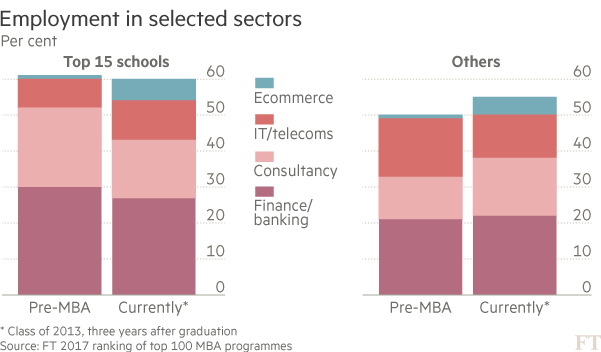
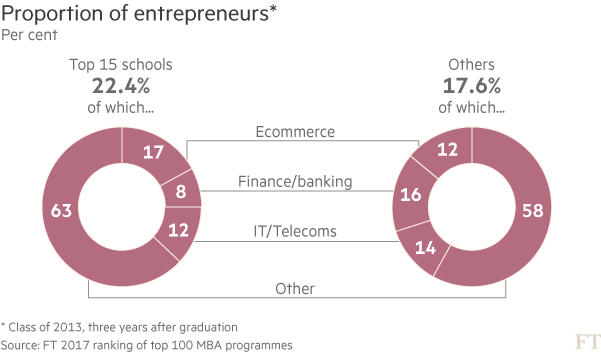
Top school: Insead
For the second year in a row Insead tops the FT Global MBA ranking. The school was the first to have two campuses with permanent faculty. The first campus was established in Fontainebleau, France, in 1957 and the second in Singapore in 1999. Its MBA is one of the most internationally diverse and about 95 per cent of its faculty and students are international. Its alumni are ranked third for their mobility and the programme is ranked sixth for its international course experience.
Top for career progress: Stanford
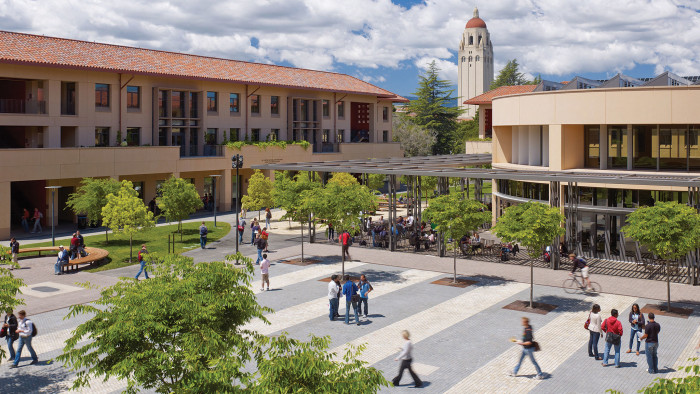
Stanford Graduate School of Business is back at number two, up three places from the previous year. Its alumni have the highest salary on average at $195,000. Graduates also have the best career progression. About 42 per cent of alumni hold positions at director level or above three years after graduation, compared with 22 per cent on average for ranked programmes. “Stanford GSB is both a long-term investment and a personal self-investment,” said one graduate from the class of 2013. “The results put me on a path to achieve full career satisfaction.”
Best value for money: Judge
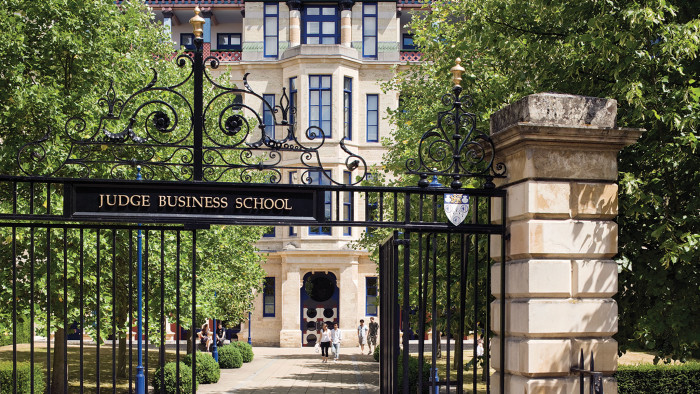
It is the first time that Judge Business School at the University of Cambridge has made the top five of this ranking. This is significant progress given that the school was ranked 26th in 2012. Its alumni have the 12th highest average salary, at $164,000, but the programme is top for value for money. With its one-year MBA, Judge has the lowest tuition fees among the top 15 schools, at about £40,000 in 2012 ($57,000 PPP adjusted — see methodology ) and its alumni have the second lowest opportunity cost, at about $60,000 behind Insead’s.
Highest riser: Mendoza
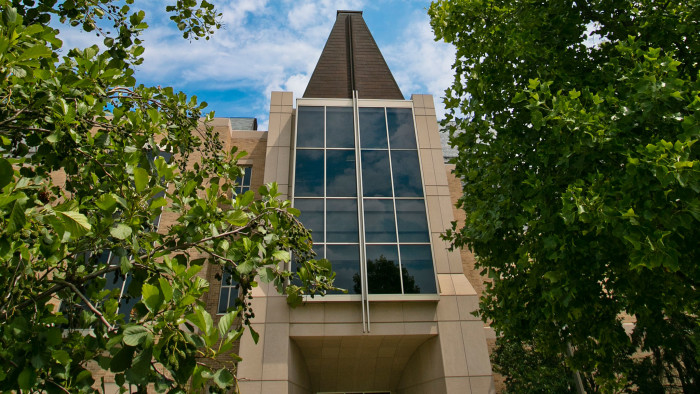
Mendoza College of Business at the University of Notre Dame, Indiana, recorded this year’s biggest rise, moving up 16 places to 60. It follows another strong increase the previous year, meaning that the school has moved up 29 places in two years. It is Mendoza’s highest position since 2006, when it was ranked in 59th place. The school is ranked 37th for the quality of its career office and 54th for career progress, up six and 25 places respectively. Its alumni also have a salary increase of 117 per cent, up 20 percentage points compared with 2016.
Top new entrant: Carey
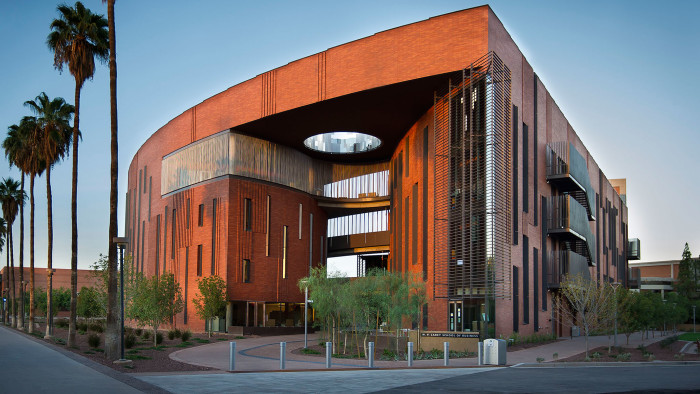
WP Carey School of Business at Arizona State University has just recorded its best performance in a decade, ranked in 57th place, the same position it held in 2007. The school missed out on a ranking place last year due to a low response rate from its alumni to the FT survey. This improved performance is explained partly by its alumni’s higher salary at $114,000 compared with $104,000 in 2015, as well as a greater salary increase of 115 per cent, 19 percentage points more than in 2015.
Most gender-balanced cohort: Edinburgh
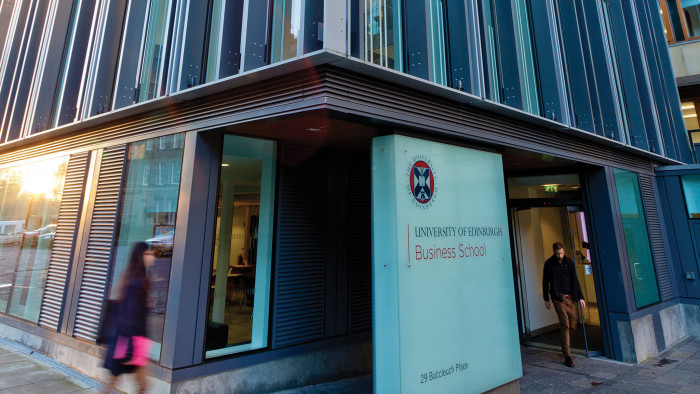
The University of Edinburgh Business School featured continuously between 2000 and 2012, reaching a high of 44 in 2008. However, it did not make it into the top 100 between 2013 and 2015. It returned in 2016 and rises seven places to 91 this year. In particular, the school is notable for having the most gender-balanced programme with 41 per cent of the faculty and half (49 per cent) of its latest cohort being women. The programme also includes activities focusing on women in leadership roles.
Letter in response to this article:
Post-MBA salary rise is not the be-all and end-all / From Kaori Shigiya, London SW7, UK
Comments